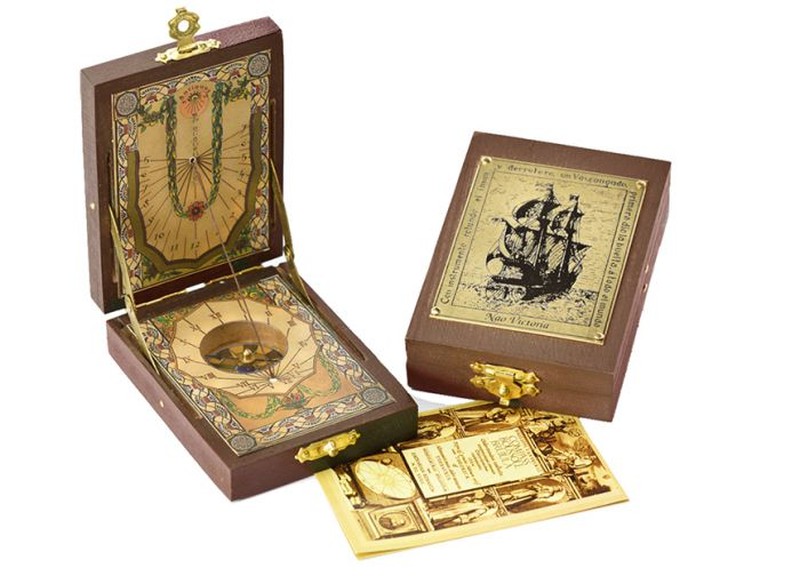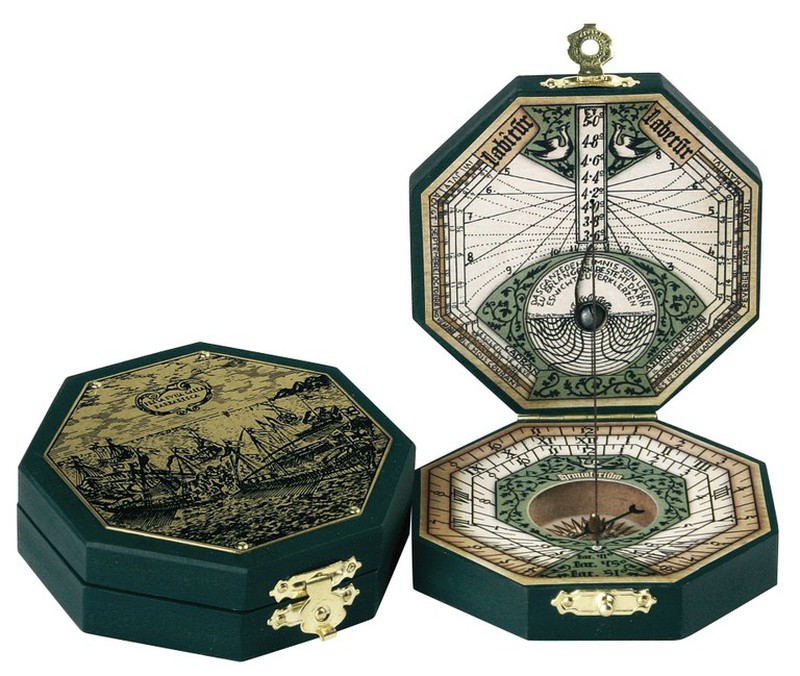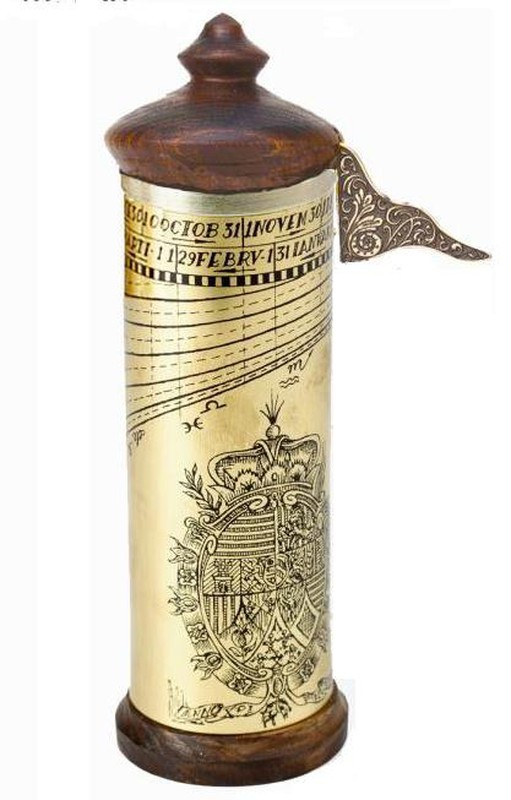What is a sundial?
What types of sundials are there? How do they work? Are they just decorative elements?

The sundial is the oldest instrument to measure time, that is, the passage of hours, minutes and seconds. The observer knows the current time through the shadow cast by a gnomon or rod on a surface with a time scale related to the daytime position of the sun.
There are several models of sundials:
1- Equatorial clock: It consists of a semicircle that represents the Earth's equator and a central bar that represents the Earth's axis. This axis remains tilted to compensate for Earth's tilt. The shadow of this bar indicates the hours on the inside of the circle.
2- Horizontal clock: It consists of a flat base, which incorporates the regularly marked hours. The clock is oriented to the south and the indicator bar to the north, tilted perpendicular to the equator.
3- Vertical clock: They are in ceramic or metallic plate format located on top of a vertical wall and facing south. On its surface the hours are impressed, then a normally iron rod will cast its shadow on the plate or wall, thus marking the hourly evolution.
4- Shepherd's Clock: It is a vertical cylinder culminated by an upper ring and with a metallic sheet or protruding triangle. The cylinder is vertically divided into the months of the year at which curves intersect which indicate the hours. To calculate the time we must turn the upper plate or stem towards the specific date and orienting the clock towards the sun, we will know the time accurately.
5- Ring or ring watch: It is a hanging ring with the inscription of the months on the outside and of the days on the inside. In the central part, which is mobile, there is a small hole. If we place the hole on the current date and orient it towards the sun, the beam of light that passes inside it will indicate the solar time.
6- Diptych or book clock: It has a box format, and once opened it consists of two sundials, one horizontal and the other vertical, with a thread that connects them. They also incorporate a compass to orient it to the south. Once oriented, the sun will cast the shadow of the thread in both positions, marking the same time.
The operation of a sundial is based on the movement of the Earth around the Sun, therefore we are facing an astronomical calculation object and therefore a precision instrument, which will have to be designed based on the angle of the rotation and tilt of the Earth.
To make a sundial that correctly marks the hours, we must correct the "defects" of latitude ", inclination with respect to the Earth's axis and orientation. The clock must have a 90º perpendicular angle with the equator, corrected depending on the latitude where we let's find.
Orientation should be done towards the geographic south (non-magnetic) and always by the hand of a compass, which may or may not be incorporated in the same watch.
Sundials are marketed at Raig as replicas of old instruments and among all the models we find the different types of watches that we have specified in the first paragraph.
They are at the same time a 100% functional and decorative object, finished in wood or screen printed metal. Discover the great variety on our website or store and prepare a good gift for this Christmas.








Opinions of our clients
Receive our news